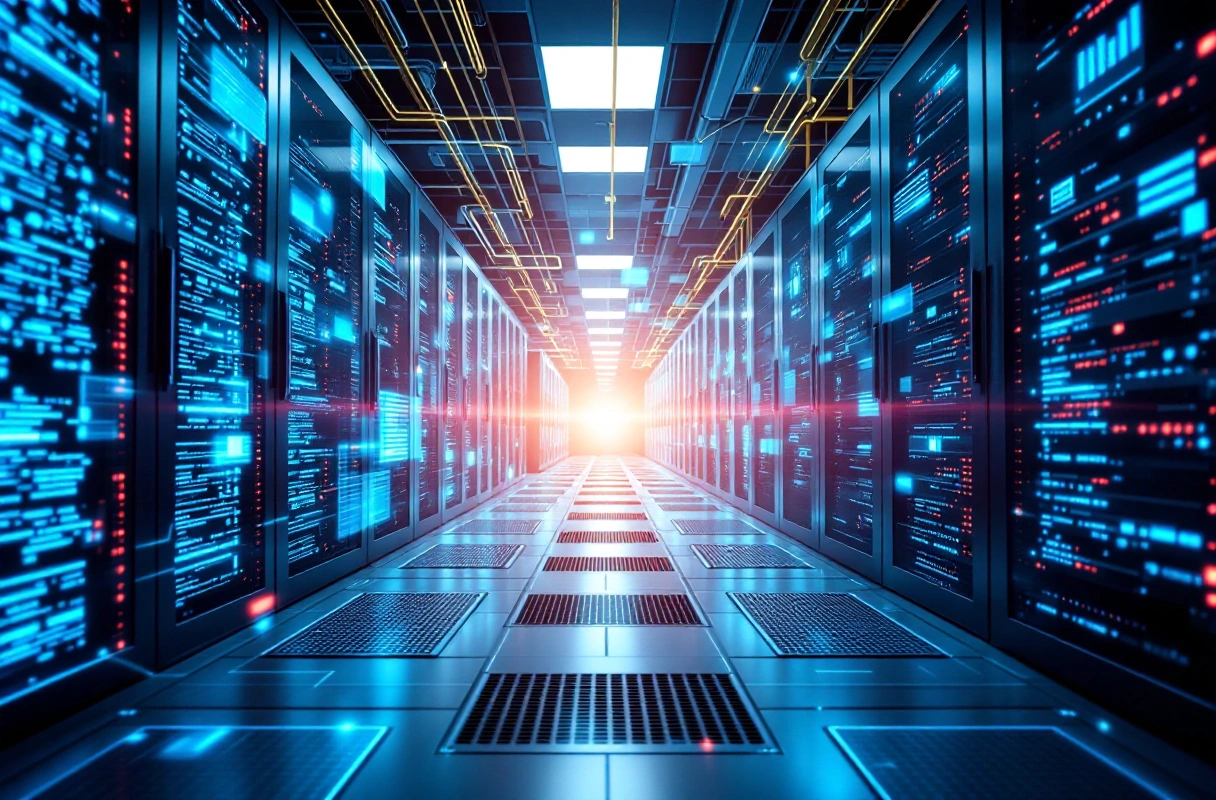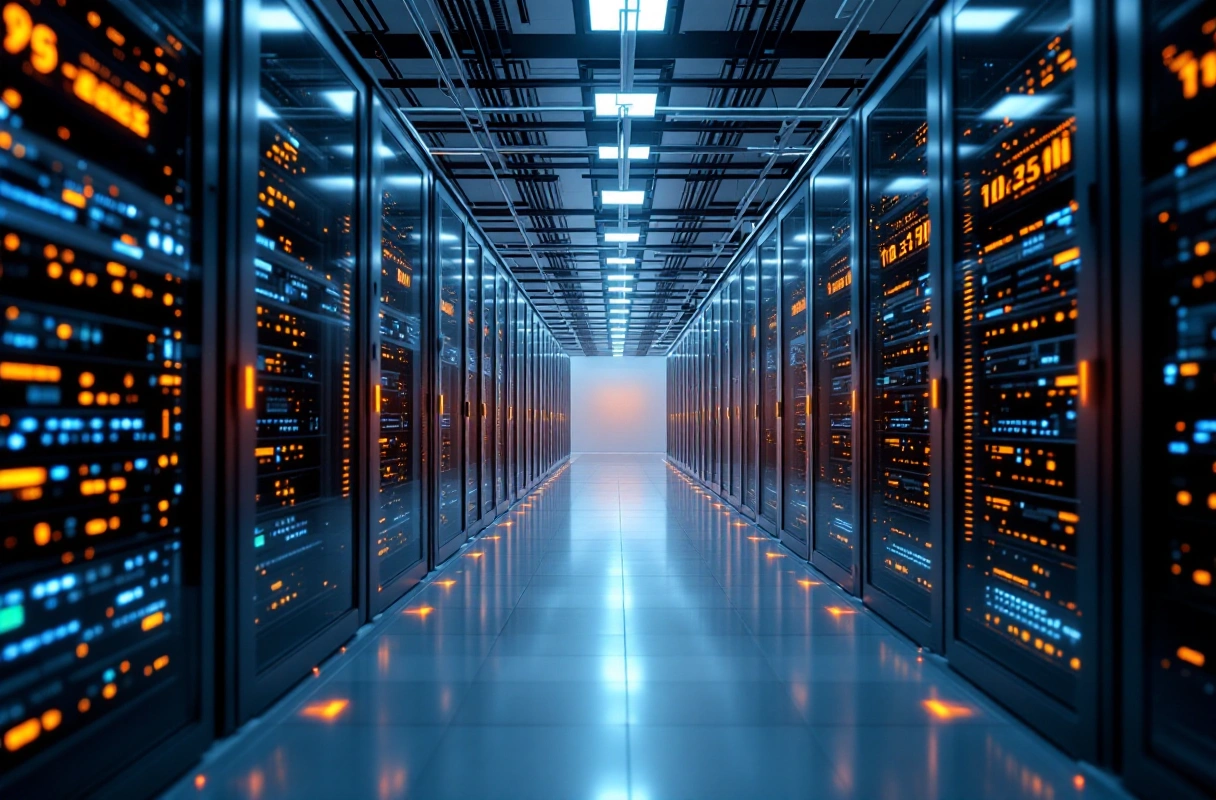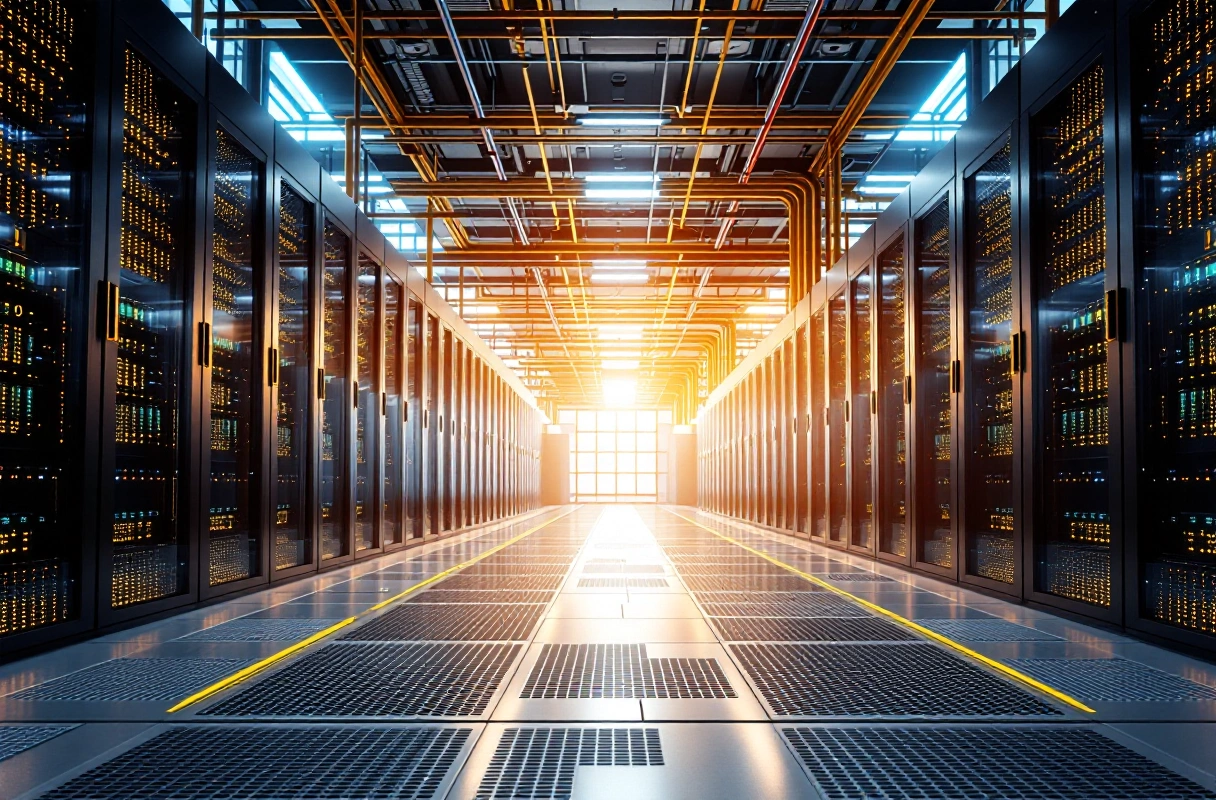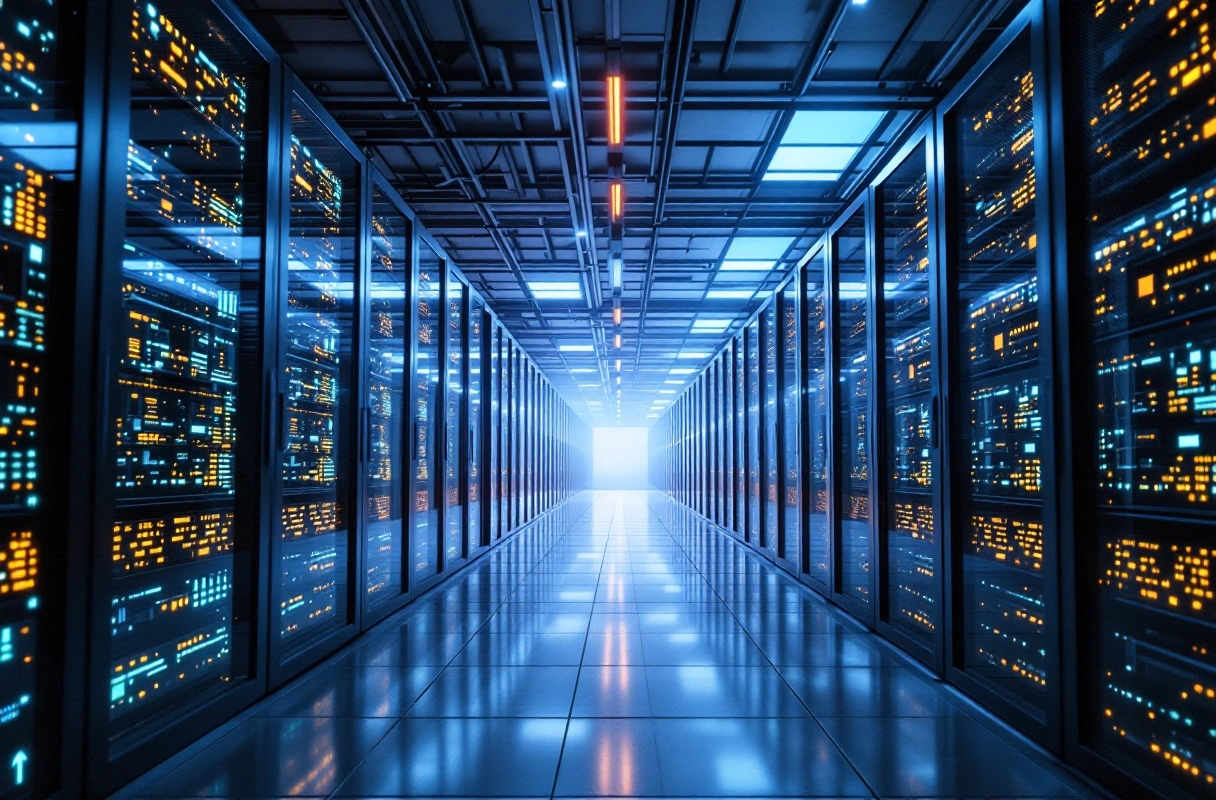

In today's rapidly evolving technological landscape, the design and infrastructure of data centers play a critical role in the operational efficiency and scalability of businesses. As organizations increasingly rely on digital solutions, the importance of robust data center infrastructure cannot be overstated. This article aims to dissect the essential components of data center design, focusing on various elements such as energy efficiency, network security, and virtualization solutions.
Understanding these components is vital for tech entrepreneurs, startup founders, and innovation leaders who are navigating the complexities of emerging technologies like cloud computing and edge computing. By grasping the intricacies of data center infrastructure, organizations can ensure they meet the demands of modern business while maintaining a competitive edge.

The architecture of a data center encompasses various layers that work in harmony to deliver reliable performance. Here are the key components that form the backbone of an effective data center design.
The physical infrastructure of a data center includes the building, electrical systems, cooling systems, and cabling.
A well-designed data center facility should prioritize space optimization and future scalability. Factors to consider include:
Proximity to power sources and fiber optic networks
Adequate floor space for server racks and equipment
Proper airflow management to prevent overheating
Reliable power is essential for uninterrupted operations. Key considerations for electrical systems include:
Redundant power sources to ensure uptime
UPS (Uninterruptible Power Supply) systems for backup
Power distribution units (PDUs) for efficient power management
Cooling systems are vital for maintaining optimal operating temperatures. Common cooling methods include:
CRAC (Computer Room Air Conditioning) units
Hot aisle/cold aisle configurations
Liquid cooling solutions for high-density setups
Network infrastructure is the backbone that enables communication between servers and data storage solutions.
Investing in high-performance switches and routers ensures that data flows efficiently throughout the data center. Consider the following:
Redundancy to avoid single points of failure
Scalability to accommodate future growth
Support for high-speed connections, such as fiber optics
Proper cabling management is crucial for maintaining organization and performance. Best practices include:
Using structured cabling systems to streamline installations
Labeling cables for easy identification
Implementing cable trays to minimize clutter
Virtualization plays a pivotal role in optimizing resource utilization and flexibility within data centers.
By using hypervisors, organizations can run multiple virtual machines on a single physical server. Benefits include:
Improved resource allocation
Reduced hardware costs
Simplified disaster recovery processes
Storage virtualization aggregates multiple storage devices into a single, manageable pool. This approach allows for:
Enhanced performance through load balancing
Simplified management of storage resources
Efficient data backup and recovery options
As data centers house sensitive information, robust network security measures are essential.
Firewalls act as the first line of defense against unauthorized access. Key features to consider include:
Stateful inspection to monitor active connections
Intrusion detection systems (IDS) to identify potential threats
Regular updates to security protocols
Implementing strict access control measures helps protect critical infrastructure. Considerations include:
Role-based access control (RBAC) to limit user permissions
Multi-factor authentication for added security
Regular audits of access logs to identify anomalies
With rising energy costs and environmental concerns, energy efficiency has become a priority in data center design.
Investing in energy-efficient servers and cooling solutions can significantly reduce operational costs. Key considerations include:
ENERGY STAR-rated equipment
Variable speed fans in cooling systems
Power management features in servers
Utilizing energy management software can help organizations monitor consumption in real-time. Benefits include:
Identifying inefficiencies in energy use
Implementing proactive measures for optimization
Tracking performance against sustainability goals
Data storage solutions must be robust and flexible to accommodate varying workloads.
SANs provide high-speed access to consolidated storage resources. Benefits include:
Improved performance for data-intensive applications
Simplified data management and backup
Scalability to meet growing data needs
Incorporating cloud storage solutions allows organizations to leverage the scalability of cloud computing. Considerations include:
Hybrid cloud solutions for flexibility
Security measures to protect data in transit
Cost management strategies to optimize expenses

As technology continues to evolve, data center design is also undergoing significant transformations. Here are some of the current trends shaping the future of data center infrastructure.
Edge computing is gaining traction as organizations seek to reduce latency and improve response times. By processing data closer to the source, businesses can enhance the performance of applications such as IoT devices and real-time analytics.
Modular data centers offer a flexible approach to scaling infrastructure. These prefabricated units can be easily deployed and expanded, allowing organizations to adapt to changing demands without significant upfront investments.
With an increasing focus on environmental responsibility, many organizations are adopting sustainability initiatives in their data center designs. Strategies include:
Utilizing renewable energy sources
Implementing water-efficient cooling systems
Designing facilities for minimal environmental impact

Understanding common pitfalls can help organizations avoid costly mistakes in their data center infrastructure.
Many organizations fail to accurately estimate their power needs, leading to potential outages. It is essential to assess both current and future power requirements to ensure reliability.
Designing a data center without considering future growth can result in significant challenges. Organizations should plan for scalability from the outset, incorporating modular components that allow for easy expansion.
Inadequate security measures can expose organizations to data breaches and compliance issues. Implementing comprehensive security protocols from the beginning is crucial to safeguarding sensitive information.
As emerging technologies like AI, blockchain, and advanced cloud platforms continue to evolve, the role of data center infrastructure becomes more pivotal than ever. A resilient, well-designed infrastructure doesn’t just support innovation—it enables it, providing the secure and scalable foundation businesses need to grow in an increasingly digital world. For entrepreneurs and innovators, understanding this intersection is essential to building strategies that last.
At Outer Edge, we’re committed to fostering the conversations and connections that help leaders stay ahead. From hosting impactful gatherings and producing media that explores frontier ideas, to engaging with communities shaping the next era of technology, we create the spaces where vision turns into action. Join us at the edge, where infrastructure meets innovation.
Join more than 40k+ investors, dreamers, builders & experts in getting exclusive weekly content and access to the top 1% of Web3, Blockchain, and AI globally!